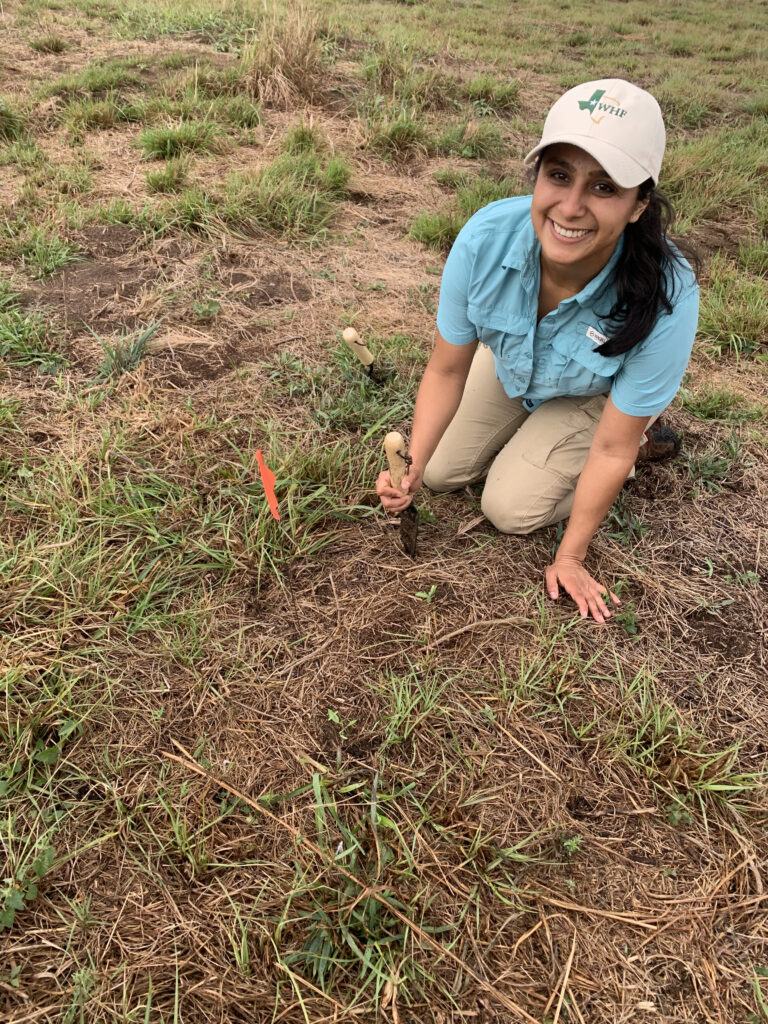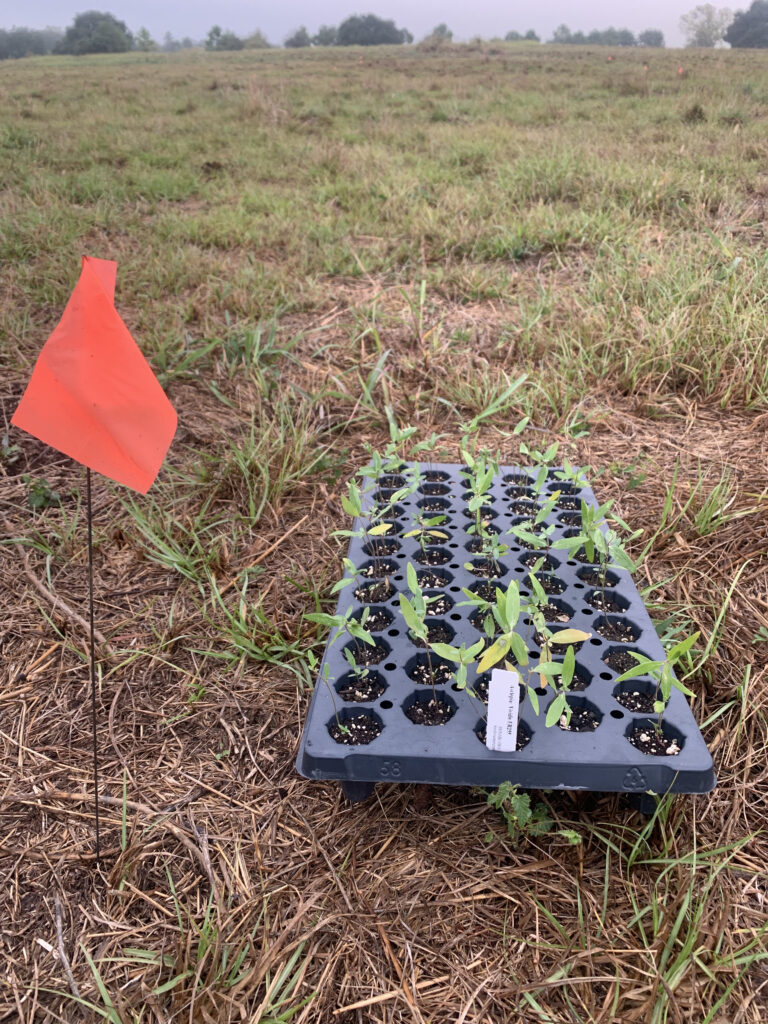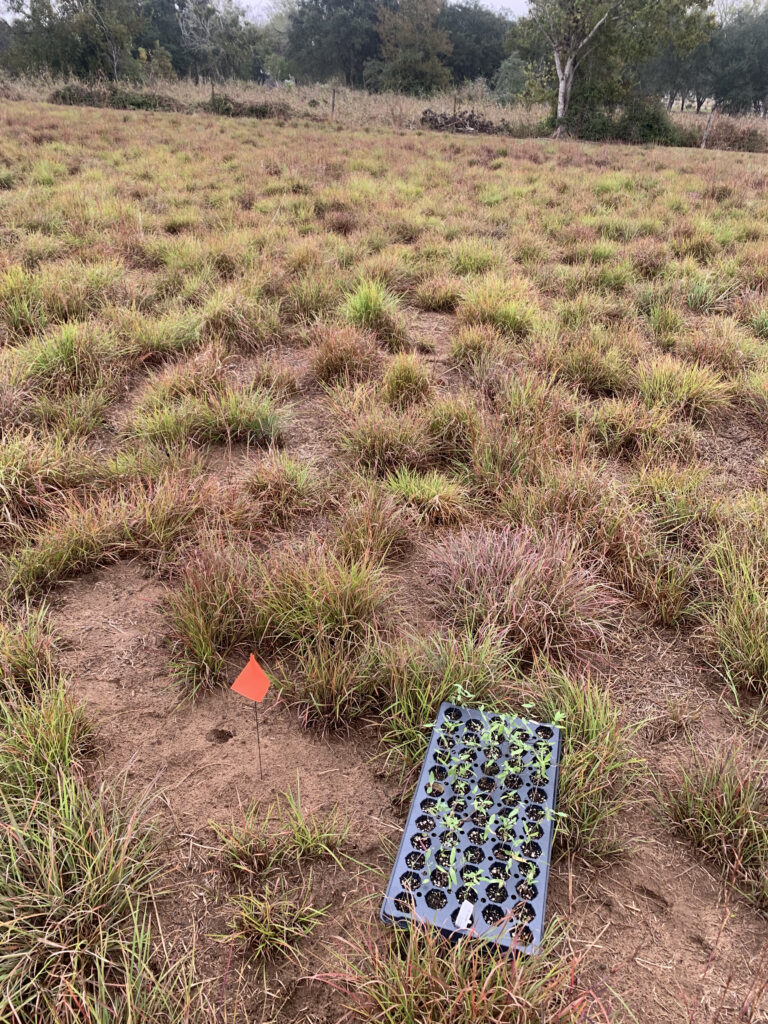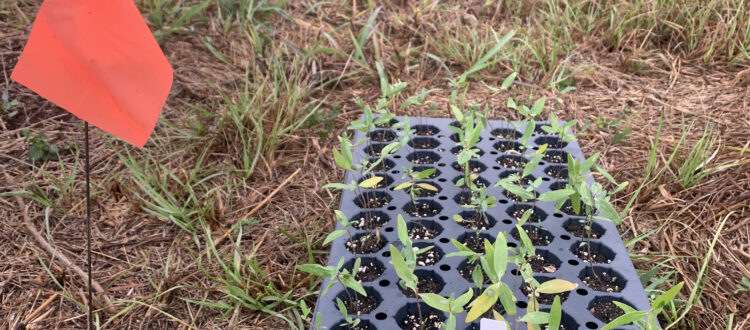Milkweed Planting



In early November, WHF staff Kayla Sustaita, Schyler Rhea, and Ron Jankowiak planted 580 milkweed plugs at an ongoing native grass restoration site in northern Austin County. The milkweed (two species) was planted to help enhance pollinator habitat, specifically for the Monarch Butterfly which has been experiencing major population declines in recent years. Milkweed is pivotal for their reproduction as it is the only host plant species Monarch’s utilize for reproduction. Monarchs exclusively lay their eggs on milkweed plants and their larvae feed on the leaves of the plants. Once larvae reach the caterpillar stage, they form a pupa on the milkweed plant as well. The reproductive and developmental stage of a monarch relies solely on milkweed. As adults, monarchs require nectar-producing plant species for an energy and food source.
In preparation of planting, management practices included an early spring prescribed burn, IPT of Johnson grass during the growing season, and a late summer haying. Milkweed was planted in fifteen 1-acre plots across the entire project area. The plugs were planted in small patch squares of 3-4 plants, with 10-13 patches per plot. Planting in patches encourages dispersed egg-laying, which leads to less competition among monarchs and decreases parasitism. The dispersed planting technique also decreases predation on monarchs and their larvae, making it more difficult for predators to pinpoint occupied habitat. This project will be monitored going forward to determine the survival of the planted milkweed.

